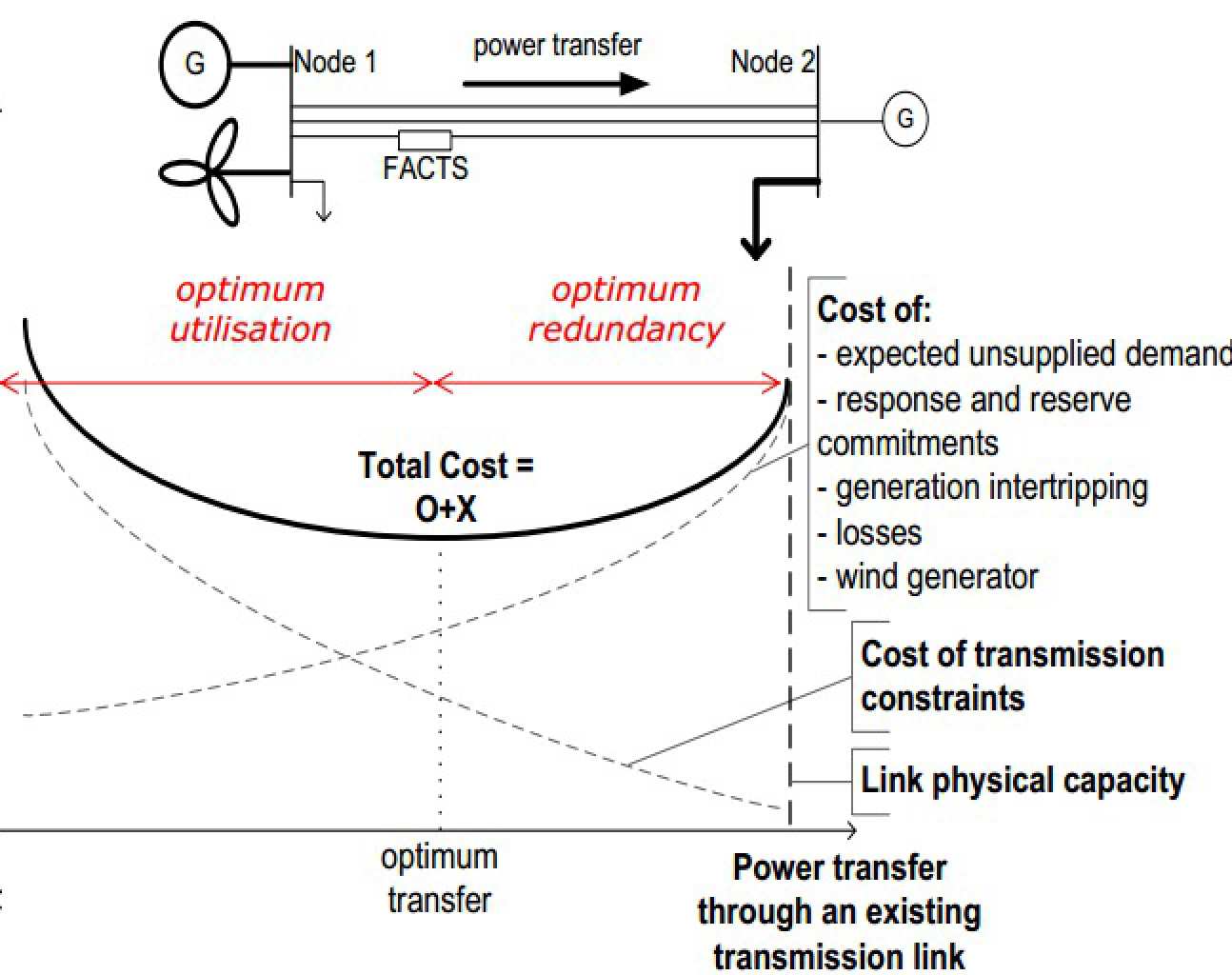Optimal Coordination of HVAC/DC Control to Enhance the Ability of the System to Accommodate Intermittent Renewable Generation
 The traditional concepts of system security and the deterministic ways of assessing the level of risk will no longer make sense in a smart grid and will have to be replaced by probabilistic measures of quality of service and resilience that take into account the information available in real time, the stochastic nature of renewable resources and the capabilities of demand response to deliver corrective control actions. Because the mode of operation will differ from current practice, my PhD will investigate new techniques to quantify the risk profile of smart grid and assess how this profile is affected by the detailed design of the system.
The traditional concepts of system security and the deterministic ways of assessing the level of risk will no longer make sense in a smart grid and will have to be replaced by probabilistic measures of quality of service and resilience that take into account the information available in real time, the stochastic nature of renewable resources and the capabilities of demand response to deliver corrective control actions. Because the mode of operation will differ from current practice, my PhD will investigate new techniques to quantify the risk profile of smart grid and assess how this profile is affected by the detailed design of the system.
In order to cost effectively integrate increased amounts of renewable generation, I proposes a novel probabilistic optimisation model to determine robust operating points of flexible network
technologies, such as HVDC, FACTS and quadrature booster, to deal with uncertainty in renewable energy production and network and generation outages. The proposed probabilistic network model optimally coordinates available preventive and corrective control actions from flexible network technologies, generation and demand, including generation dispatch and reserve commitments, post-contingency exercise of generation reserves, demand curtailment and generation intertrips, while explicitly considering the likelihood of post-contingency events and wind uncertainty.
We compare the efficiency and reliability performance of network operation under two different strategies to control flexible network devices: preventive-only mode, and combined preventive and corrective mode. We demonstrate that the preventive control-only approach would limit the ability of the system to integrate renewable generation. In contrast, through the application of corrective control, an optimal trade-off between accommodating uncertainty in wind generation outputs and dealing with system outages can be determined. We also demonstrate that the flexibility of a transmission network with HVDC, FACTS and quadrature booster may be significantly restricted when applied in preventive mode, particularly when uncertainty in wind generation output is explicitly considered. For the first time, we demonstrate that an appropriate control strategy of flexible network devices could facilitate reduction in reserve holding levels and therefore improve the efficiency of the system operation and simultaneously enhance the ability of the transmission network to accommodate increased amounts of intermittent wind generation.
People
- Yanfei Chen
- Prof Goran Strbac
- Dr Rodrigo Moreno


